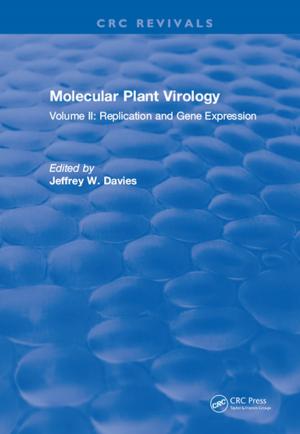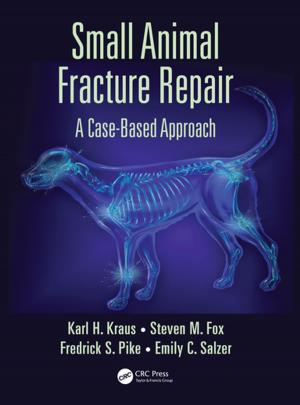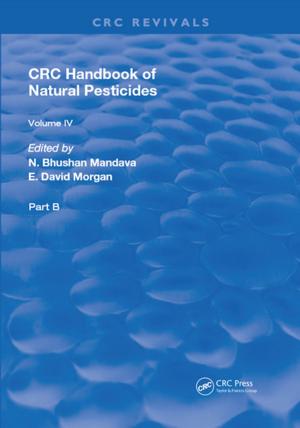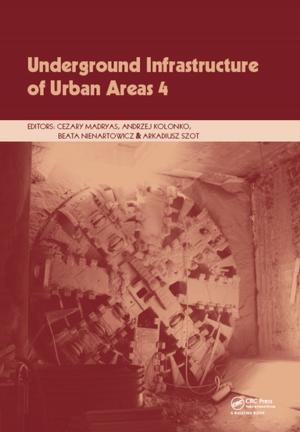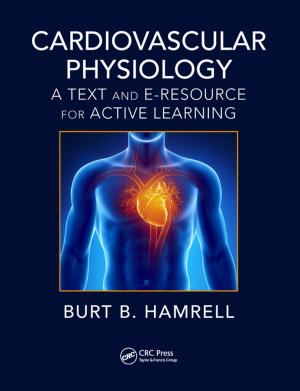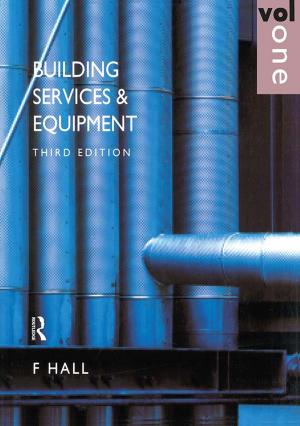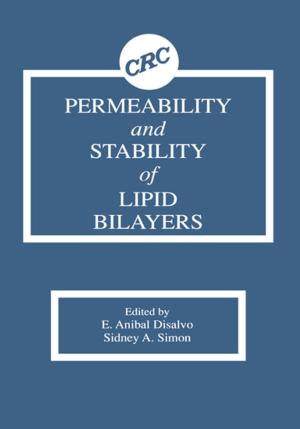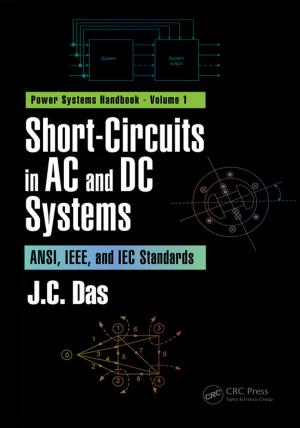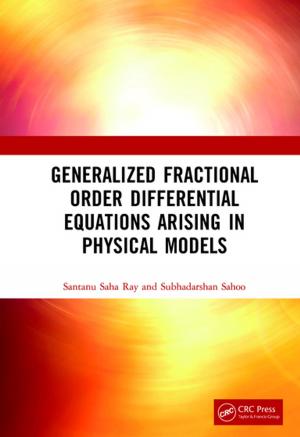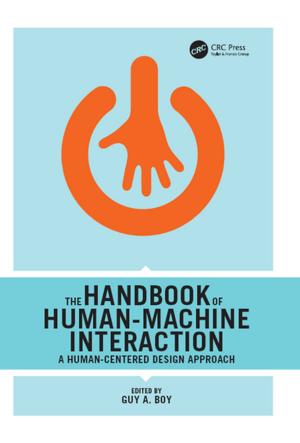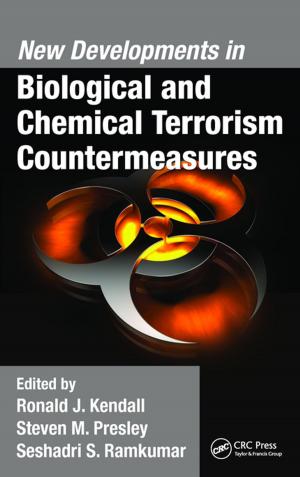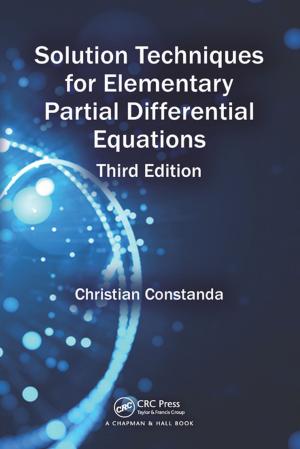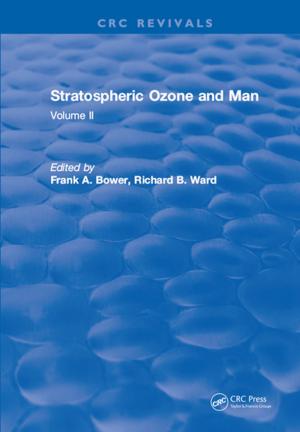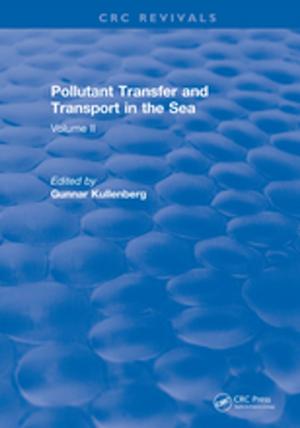Flying in the Face of Criminalization
The Safety Implications of Prosecuting Aviation Professionals for Accidents
Nonfiction, Reference & Language, Law| Author: | Sofia Michaelides-Mateou, Andreas Mateou | ISBN: | 9781317134671 |
| Publisher: | CRC Press | Publication: | April 15, 2016 |
| Imprint: | Routledge | Language: | English |
| Author: | Sofia Michaelides-Mateou, Andreas Mateou |
| ISBN: | 9781317134671 |
| Publisher: | CRC Press |
| Publication: | April 15, 2016 |
| Imprint: | Routledge |
| Language: | English |
Two parallel investigations take place after every aviation accident: one technical, one judicial. The former must be conducted with the sole intention of making safety recommendations to prevent the recurrence of similar accidents. The judicial investigation, however, has the intention of identifying those parties that have been at fault and to apportion blameworthiness for criminal and civil liability. Consequently, this results in a predicament for those parties that have been identified as having played a role in the accident, a dilemma between not supplying information aimed at enhancing safety and preventing future accidents and, on the other hand, supplying such information which may possibly be used against them in subsequent criminal prosecution. The situation is compounded by inconsistent approaches between different legal systems; aviation professionals may find themselves faced with criminal charges in one country but not in another, and they may also be unsure as to whether statements given during the technical investigation could be used against them in a court of law. Aviation safety is, to a large extent, built upon the trust placed by pilots, ATCOs and other aviation professionals in the process of accident investigation. This book examines the growing trend to criminalize these same people following an accident investigation and considers the implications this has for aviation safety.
Two parallel investigations take place after every aviation accident: one technical, one judicial. The former must be conducted with the sole intention of making safety recommendations to prevent the recurrence of similar accidents. The judicial investigation, however, has the intention of identifying those parties that have been at fault and to apportion blameworthiness for criminal and civil liability. Consequently, this results in a predicament for those parties that have been identified as having played a role in the accident, a dilemma between not supplying information aimed at enhancing safety and preventing future accidents and, on the other hand, supplying such information which may possibly be used against them in subsequent criminal prosecution. The situation is compounded by inconsistent approaches between different legal systems; aviation professionals may find themselves faced with criminal charges in one country but not in another, and they may also be unsure as to whether statements given during the technical investigation could be used against them in a court of law. Aviation safety is, to a large extent, built upon the trust placed by pilots, ATCOs and other aviation professionals in the process of accident investigation. This book examines the growing trend to criminalize these same people following an accident investigation and considers the implications this has for aviation safety.

